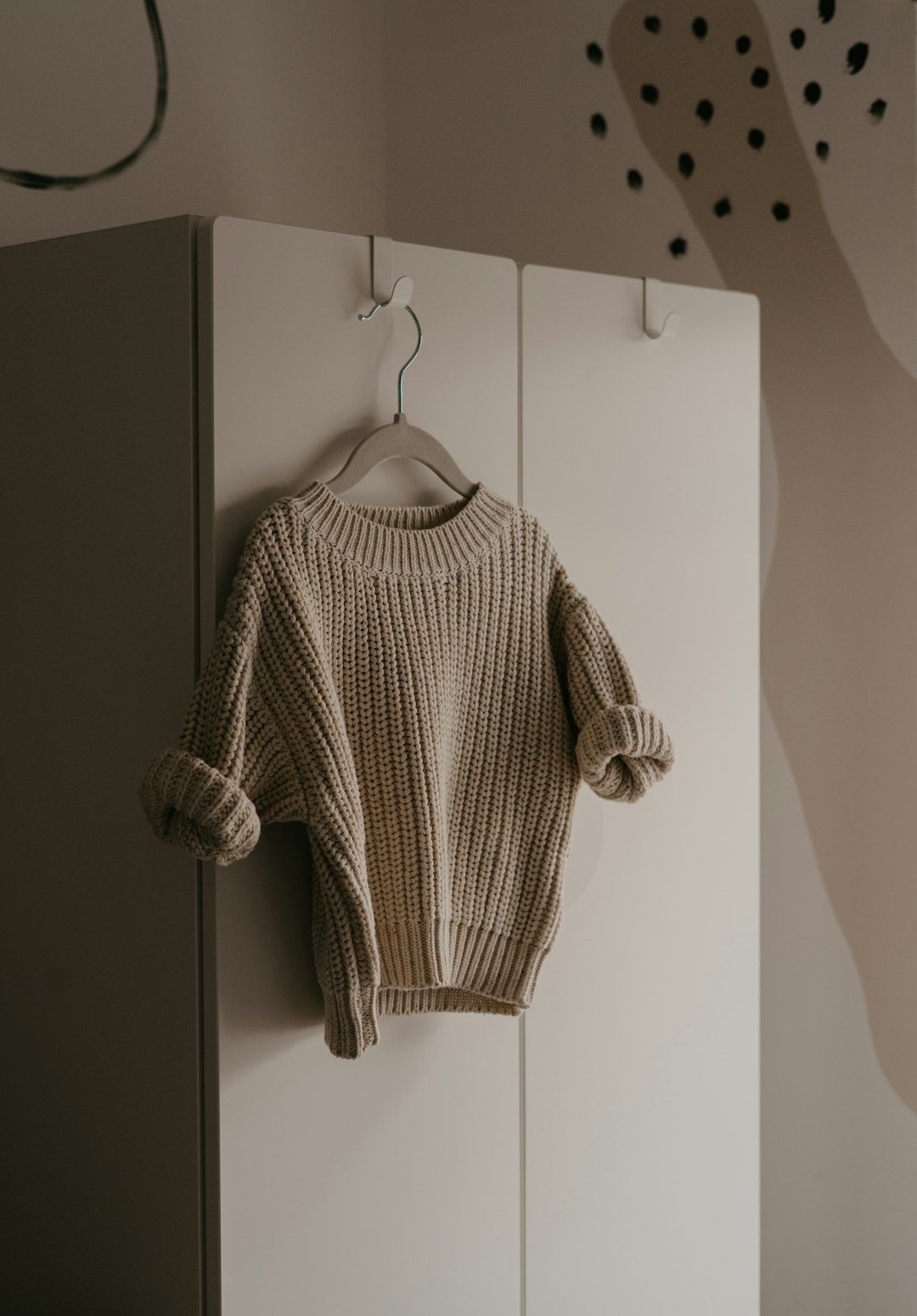As we enter the digital age, it is increasingly essential to transmit large amounts of data quickly across distances. This is where fiber optic cables come in, providing an efficient way to send data over long distances. But even the best fiber cable cannot function without fiber connector types.
A fiber connector type is a mechanical piece that connects two optical fibers together. They are vital components of fiber optic networking systems, without which optical fiber cables cannot function. There are different fiber connector types, each with varying strengths, weaknesses, and characteristics. Here are some of the most used connector types:
SC Connectors
The SC Subscriber Connector or Standard Connector is a square-shaped connector. It is a snap-in connector that locks in place. The SC connector is ideal for high-density connections as you can easily fit duplex connections in two slots of a standard RJ-45 wall plate. An upside to the SC connector type is its durability and easy installation. Due to its spring-loaded ceramic ferrule, it clicks easily into place and eliminates the need for any screws to secure the fiber connector.
LC Connectors
LC Lucent Connectors or Little Connectors are small, compact connectors that use a 1. 25mm ferrule instead of the standard 2. 5mm ferrule in most connectors. This feature enables them to be able to fit twice as many fiber connections in the same amount of space as an SC Connector. LC Connectors are resistant to shock and are more expensive than SC Connectors.
ST Connectors
ST Straight Tip connectors are one of the oldest fiber connector types available. They use a 2. 5mm ferrule with a keyed bayonet locking system. The ST fiber connector type is called a ‘bayonet’ connector because it requires a half-twist locking mechanism to get the connector to lock. The downside to the ST connector is that they are not as compact as some of the other connector types, and the clamping mechanism is weaker than many of the newer options. They are usually used in cable TV and security camera installations for multi-mode fiber optic cables.
FC Connectors
FC Ferrule Connector or Fibre Channel connectors are one of the most robust fiber connectors. They come in two versions; single-mode and multi-mode, have a 2. 5mm ceramic ferrule, and use a threaded, metal-based connection. The FC connector type is widely used in military and industrial applications because of its longevity and durability. However, they are not ideal for high-density connections, meaning that FC connectors are less practical in environments where many fiber connections are required.
MT-RJ Connectors
MT-RJ Mechanical Transfer Registered Jack is an uncommon, yet useful connector type. It has two fibers; one for transmitting and another for receiving data. They are among the smallest connectors available in the market, allowing you to install up to 12 individual optical fibers into one single port. A common MT-RJ connector is used both for copper and fiber optic cables. The downside is that they are typically more expensive, and they don’t provide secure locking mechanisms on each connection.
Understanding different fiber connector types, and their usage is crucial in selecting the right connector for your networking needs. Besides these, various other fiber connector types can suit your requirements based on speed, cost, and distance. Remember that not every connector type can work with every type of fiber optic cable. Selecting the right fiber connector can make a substantial impact in data transmission, and it is suggested to get advice from a professional if you are having trouble in selecting the right fiber connector type.










